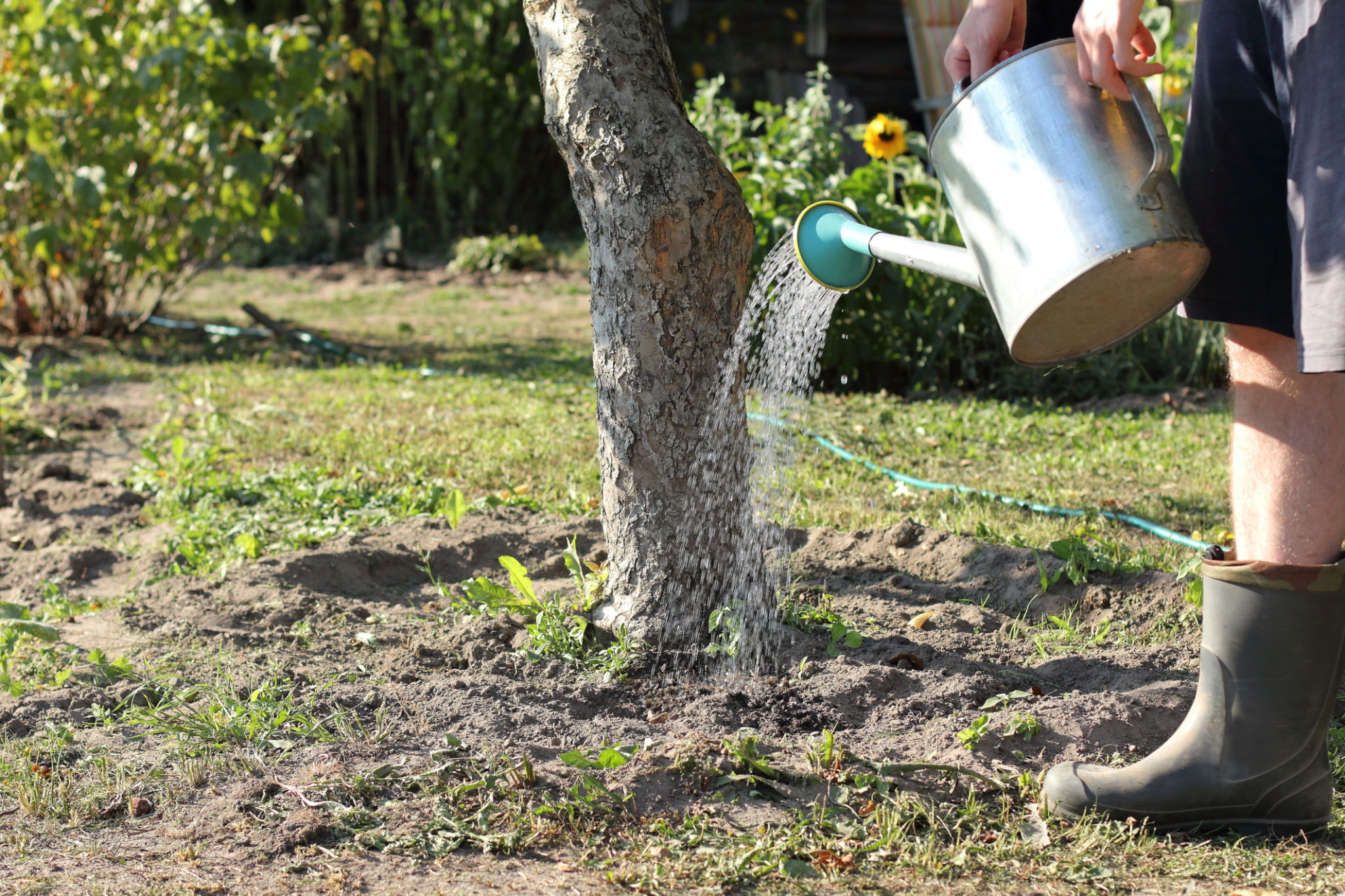Preparing Your Trees for Winter: Essential Tips for Wichita Homeowners
Understanding the Importance of Winter Tree Care
As the vibrant colors of fall in Wichita give way to the chill of winter, it's crucial for homeowners to consider the well-being of their trees. Properly preparing your trees for the colder months not only helps them survive but also ensures they thrive when spring arrives. Trees that are well-cared for can better withstand cold snaps, ice storms, and heavy snowfall, reducing the risk of damage.

Assessing Tree Health
Before the winter weather sets in, conduct a thorough assessment of your trees. Look for signs of disease, dead branches, or other structural issues. If you notice any problems, it may be wise to consult a professional arborist. Healthy trees are more likely to survive the winter without damage, so addressing potential issues beforehand is essential.
Pay special attention to older trees, as they may require extra care. Ensure that they are not suffering from root issues or pest infestations. Regular inspections can prevent small problems from becoming significant concerns during harsh weather conditions.
Pruning and Mulching
Pruning is an essential step in preparing your trees for winter. Remove any dead or diseased branches, as these can become hazardous under the weight of snow and ice. Pruning also encourages healthy growth in the spring. It's best to prune during the dormant season when trees are less susceptible to stress.

Mulching provides insulation for your tree's roots, helping to maintain consistent soil temperatures. Apply a layer of mulch around the base, keeping it a few inches away from the trunk to prevent rot. This practice also helps retain soil moisture and reduce weed growth.
Watering and Fertilization
Even though trees are dormant in winter, they still require moisture. Make sure your trees are well-watered before the ground freezes. This is especially important for newly planted trees. Watering deeply before winter helps maintain the tree’s health throughout the season.

Consider applying a slow-release fertilizer in late fall. This provides essential nutrients that will support root growth and overall tree health during dormancy. Be cautious not to over-fertilize, as this can harm the tree rather than help it.
Protecting Trees from Winter Damage
Winter brings challenges like frost cracks and sunscald that can damage tree bark. To prevent this, consider wrapping the trunks of young or thin-barked trees with tree wrap or burlap. This protective layer helps regulate temperature fluctuations and shields against harsh winds.
For evergreen trees, which can suffer from winter burn, consider using anti-desiccant sprays. These sprays reduce water loss from the foliage during dry winter winds.
Monitoring and Adjusting Care
Throughout the winter, continue to monitor your trees for signs of stress or damage. Remove any fallen branches promptly to prevent injury or further damage to the tree or surrounding property. Adjust care practices as needed based on weather conditions and tree response.
By following these essential tips, Wichita homeowners can ensure their trees remain healthy and resilient through the winter months, setting the stage for a lush and vibrant spring.
